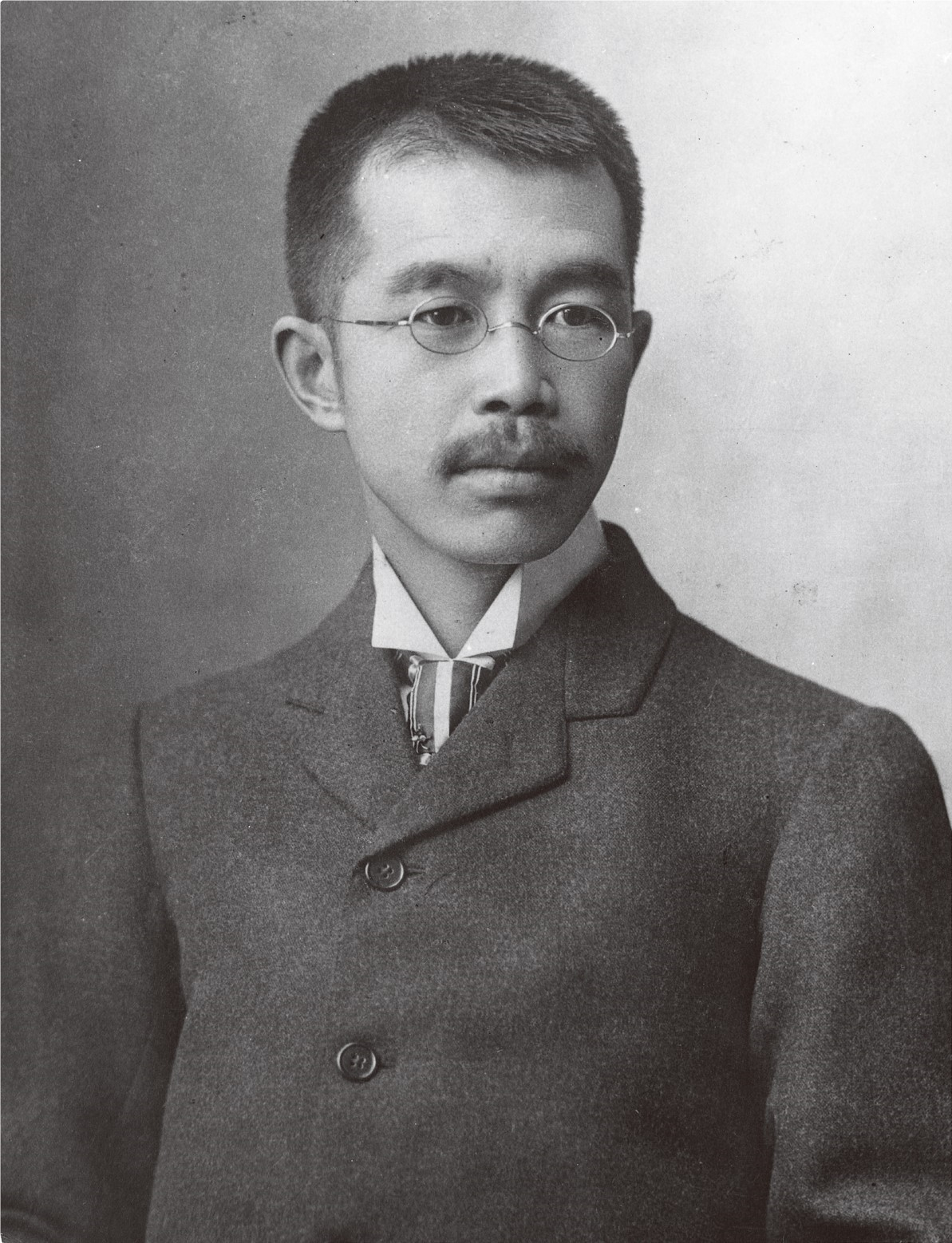|
Ampere WS-1
The WS-1 was a laptop manufactured by the Japanese computer company Ampere, Inc. Unveiled in June 1984 as the BIG.APL and later released as the WS-1 in November 1985, the laptop was noted by journalists for its striking case design—rendered by Kumeo Tamura, one of the principal designers of the Datsun 240Z. Also noted was its early use of Motorola's 68000 microprocessor and the decision to use APL as its programming environment of choice. Development and specifications Ampere, Inc., a Japanese computer systems company founded by Takashi Kusanagi in the early 1980s, first announced the WS-1 in June 1984 under the prototype name ''BIG.APL''. The WS-1 weighs and occupies a footprint of . Technology journalists noted the laptop's striking, airfoil-esque case design, rendered by Japanese industrial designer Kumeo Tamura—better known as a principal behind the Datsun 240Z coupé. Powering the WS-1 is the HD68000—a second-source version of Motorola's 32-bit 68000 microprocessor� ... [...More Info...] [...Related Items...] OR: [Wikipedia] [Google] [Baidu] |
Hitachi
() is a Japanese Multinational corporation, multinational Conglomerate (company), conglomerate founded in 1910 and headquartered in Chiyoda, Tokyo. The company is active in various industries, including digital systems, power and renewable energy, railway systems, Health care, healthcare products, and Financial system, financial systems. The company was founded as an electrical machinery manufacturing subsidiary of the Kuhara Mining Plant in Hitachi, Ibaraki by engineer Namihei Odaira in 1910. It began operating as an independent company under its current name in 1920. Hitachi is listed on the Tokyo Stock Exchange and is a key component of the Nikkei 225 and TOPIX Core30 indices. As of June 2024, it has a market capitalisation of 16.9 trillion yen, making it the fourth largest Japanese company by market value. In terms of global recognition, Hitachi was ranked 38th in the 2012 Fortune Global 500 and 129th in the 2012 Forbes Global 2000. Hitachi is a highly globalised conglomerat ... [...More Info...] [...Related Items...] OR: [Wikipedia] [Google] [Baidu] |
Stock Keeping Unit
In inventory management, a stock keeping unit (abbreviated as SKU, pronounced or ) is the unit of measure in which the stocks of a material are managed. It is a distinct type of item for sale, purchase, or tracking in inventory, such as a product or service, and all attributes associated with the item type that distinguish it from other item types (for a product, these attributes can include manufacturer, description, material, size, color, packaging, and warranty terms). When a business records the inventory of its stock, it counts the quantity it has of each unit, or SKU. SKU can also refer to a unique identifier or code, sometimes represented via a barcode for scanning and tracking, which refers to the particular stock keeping unit. These identifiers are not regulated or standardized. When a company receives items from a vendor, it has a choice of maintaining the vendor's SKU or creating its own. This makes them distinct from Global Trade Item Number (GTIN), which are stan ... [...More Info...] [...Related Items...] OR: [Wikipedia] [Google] [Baidu] |
Torrance, California
Torrance is a coastal city in the Los Angeles metropolitan area located in southwestern Los Angeles County, California, United States. The city is part of what is known as the South Bay (Los Angeles County), South Bay region of the metropolitan area. A small section of the city, , abuts the Pacific Ocean. Torrance has a moderate year-round climate with average rainfall of per year.City of Torrance Website: About Torrance () Retrieved April 7, 2009 Torrance was incorporated in 1921, and at the 2020 United States census, 2020 census had a population of 147,067 residents. Torrance has a beachfront and 30 parks located around the city. It is also the birthplace of the American Youth Soccer Organization (AYSO). History Pre-colonial era For tho ...[...More Info...] [...Related Items...] OR: [Wikipedia] [Google] [Baidu] |
Data General/One
The Data General/One (DG-1) was a laptop introduced in September 1984 by Data General. It was the first battery-powered laptop on the market that was fully compatible with the IBM PC, featuring a full-sized LCD capable of displaying 80×25 text or CGA graphics (640×200). Although it sold only modestly, the DG-1 set the template for all PC-based laptops to follow. According to ''eWeek'' in 2010, it was "the prototype for all that followed ... with its LCD screen, flat keyboard and clam-shell case, this form factor has remained essentially the same for ecades. Description The nine-pound battery-powered 1984 Data General/One ran MS-DOS and had dual 3.5" diskettes, a 79-key full-stroke keyboard, 128 KB to 512 KB of RAM, and a monochrome LCD screen capable of either the standard 80×25 characters or full CGA graphics (640×200). It was a laptop comparable in capabilities to desktops of the era. History The Data General/One offered several features in comparison with contemporary ... [...More Info...] [...Related Items...] OR: [Wikipedia] [Google] [Baidu] |
Creative Computing
''Creative Computing'' was one of the earliest magazines covering the microcomputer revolution. Published from October 1974 until December 1985, the magazine covered the spectrum of hobbyist/home/personal computing in a more accessible format than the rather technically oriented ''Byte (magazine), Byte''. The magazine was created to cover educational-related topics. Early issues include articles on the use of computers in the classroom, various simple programs like madlibs and various programming challenges, mostly in BASIC. By the late 1970s, it had moved towards more general coverage as the microcomputer market emerged. Hardware coverage became more common, but type-in programs remained common into the early 1980s. The company published several books, the most successful being ''BASIC Computer Games'', the first million-selling computer book. Their ''Best of Creative Computing'' collections were also popular. ''Creative Computing'' also published software on Compact Cassette ... [...More Info...] [...Related Items...] OR: [Wikipedia] [Google] [Baidu] |

